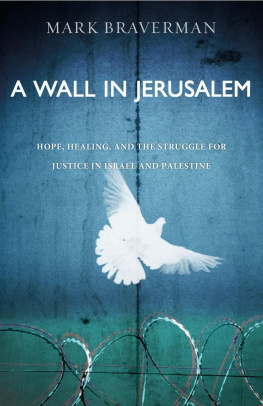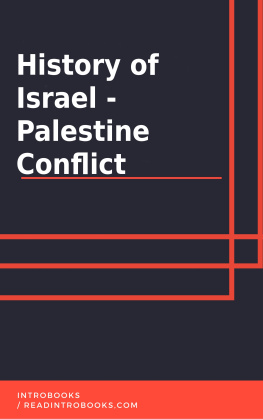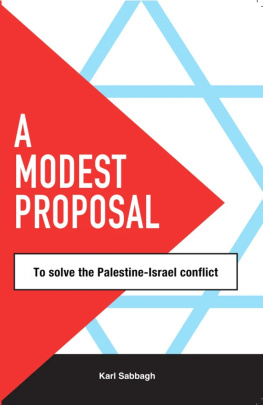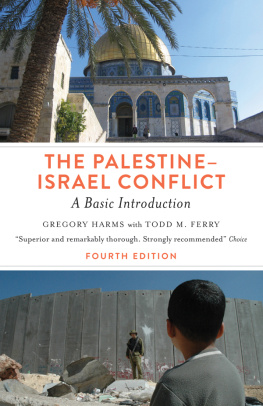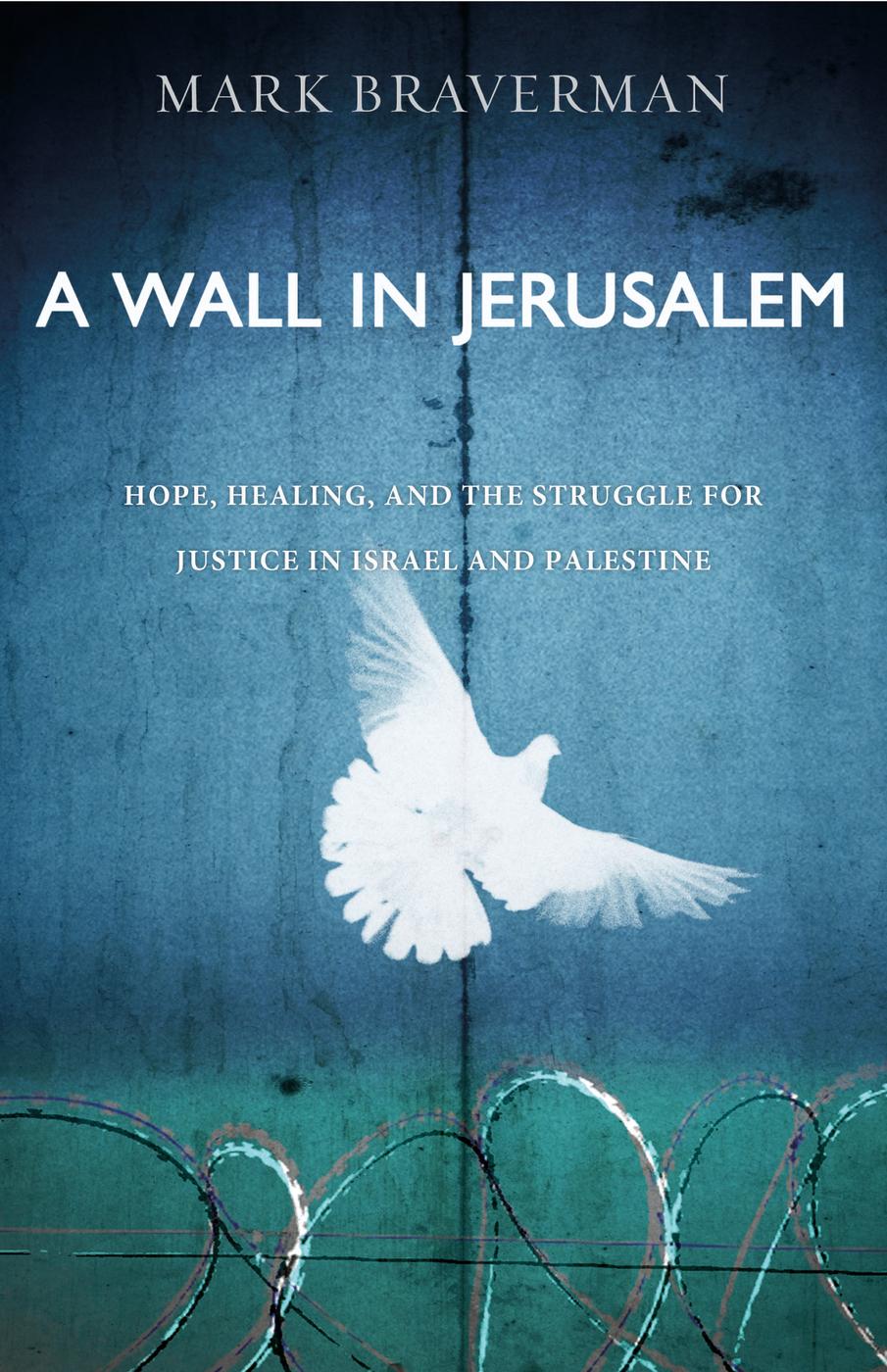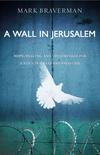In accordance with the U.S. Copyright Act of 1976, the scanning, uploading, and electronic sharing of any part of this book without the permission of the publisher constitute unlawful piracy and theft of the authors intellectual property. If you would like to use material from the book (other than for review purposes), prior written permission must be obtained by contacting the publisher at permissions@hbgusa.com. Thank you for your support of the authors rights.
For Susie, again.
S ixty-eight years ago, the Christian world stood before the ovens of Auschwitz and said, What have we done?
Luther scholar Aarne Siirala wrote that his visit to the death campsoverwhelmed him with shock and revealed to him that something was gravely sick at the very heart of our tradition. Auschwitz has a message that must be heard: it reveals an illness operative not on the margin of our civilization but at the heart of it, in the very best that we have inheritedIt summons us to face up to the negative side of our religious and cultural heritage.
The decades that followed the attempted extermination of the Jewish people in the heart of Christian Europe saw a determined effort to cleanse Christianity of the pernicious anti-Jewish doctrine that had poisoned the faith over the two thousand years of Christian-Jewish history. This focus on reconciliation with the Jewish people has motivated theological thinking, preaching, and church policy since that time, and it continues to this day. Anti-Jewishness, wrote Protestant theologian Robert T. Osborn, is the Christian sin. Notice that Osborn doesnt call anti-Jewishness a sin of which Christians are guilty. Rather, it has taken first place. Correcting it would require a fundamental overhaul of the faith.
The wake-up call began, not surprisingly, in Germany. In the aftermath of the war, church leaders contemplated with horror how the German church, with some heroic exceptions, had collaborated actively, even eagerly, with the Nazi regime. How, wrote Hans Joachim Iwand, a member of the German Confessing Church, the small group that had opposed Nazism and that included the martyred Dietrich Bonhoeffer, can the German people that has initiated the fruitless rebellion against Israel and his God become pure? Who is going to take this guilt away from us and our theological fathersbecause there it started?
The problem, said van Buren, was that Christianity had allowed itself to be built on a foundation of anti-Judaism. He set out to correct this theological error by framing Gods covenant with the Jewish people as the basis for the Christian revelation. And this was no tweaking of some finer points of theology; this was a revolution in the way Christians were thinking about themselves. Christianity must refer to Judaism in order to make sense of itself, wrote van Buren. This is in the service of the churchs reversal of its position on Judaism from that of anti-Judaism to that of an acknowledgement of the eternal covenant between God and Israel. Only by deeply honoring the Jewish people, van Buren asserted, can Christians be truly Christian.
Strong stuff!
Anti-Jewishness, more commonly known as anti-Semitism, is an evil like any form of racism or discrimination. Given the huge burden of responsibility that the church bears for Jewish suffering throughout the ages, why shouldnt it put this at the top of its list? Is it not the heart of Christianity to, in the words of the apostle Paul, destroy the barrier, the dividing wall of hostility between the Gentile followers of Jesus and the Jewish people from whose midst the new faith had emerged? Theologians set to work to reject the erroneous and destructive doctrine of replacement theology (sometimes called supercessionism), which states that the Christian Church has replaced the Jewish people in Gods love, and that as punishment for failing to accept Jesus as the Messiah, God rejected the Jews and condemned them to wander the earth until the end of time. Listen to Paul, Christians were now being instructed: he was not throwing the Jews out of the church! Rather, he was passionately committed to building one community, one ecclesia, to bring Jew, Gentile, and Greek; man and woman; slave and freeman, together in the church of Jesus Christ. In him, wrote Paul in his Letter to the Ephesians, the whole building is joined together and rises to become a holy temple in the Lord (Ephesians 2:21). Rather than promoting a doctrine that says that Christians have displaced the Jews as Gods beloved people, we must reaffirm the special relationship between God and the Jewish people. Judaism would no longer be seen as Christianitys shadow. Instead, it would take its rightful place as the very foundation of Christian faith. In renouncing anti-Judaism, therefore, Christians were returning to the foundations of Christianity, to a mission of unity, not division; of love, not hatred. The Roman Catholic Church followed the lead of the Protestant churches with the Second Vatican Council (19631965), in which the Church decrie[d] hatred, persecutions, displays of anti-Semitism, directed against Jews at any time and by anyone.
Generations of theologians and clergy have been educated in this revised theology. No longer would anti-Jewish ideas and images be heard from the pulpits. Offending passages from the Gospels would increasingly be avoided, or reinterpreted as applying to only one group of Jews in a particular historical context, not to an entire people. Churches and synagogues sponsored interfaith seminars. Interfaith studies began to occupy a prominent place in the curricula and course offerings in seminaries, and in graduate school departments of religious studies. Organizations to educate Christians about Judaism and help fight anti-Semitism sprang up, bringing Jewish and Christian clergy and scholars to sit together on a single dais. While still acknowledging their differences, the two faith communities were finding ways to reconnect after two thousand years of enmity and distrust. It was a meeting, all hoped, in which both communities would gain a deeper understanding of their own particular richness and would affirm their common commitment to making the world a more just, compassionate, and loving place.
How good this has been, how healing and hopeful for the future!
But there is another theme here, one that we ignore at our peril. Lets return to Paul van Buren, the foremost Protestant spokesman for this powerful Christian-Jewish alliance. Why, asks van Buren, after eighteen centuries, should Christian leaders turn Christian teaching on its head with respect to the Jewish people? It was the trauma of the Nazi Holocaust of course, but just as powerful was the establishment of the State of Israel in 1948, and then the Israeli victory in the 1967 war in which Israel took control of the Old City of Jerusalem that changed the way Christians began to regard the Jewish people:
[t]he Holocaust and the emergence of the state of Israelare what impelled them to speak in a new way about Jews and Judaismthe Israeli Defense Force sweeping over the Sinai and retaking East Jerusalem was what could not possibly fit our traditional myth of the passive suffering Jew. The result is that events in modern Jewish history, perhaps as staggering as any in its whole history, have begun to reorient the minds of increasing numbers of responsible Christians.

